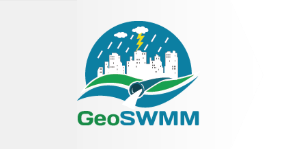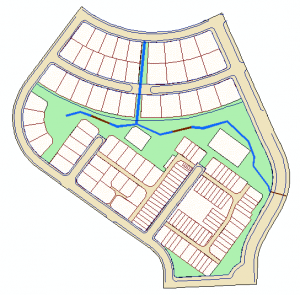
Example-1 : Post-Development Runoff
Surface runoff from a 29 acre residential site is computed for several design-storm events under both pre- and post-development conditions.
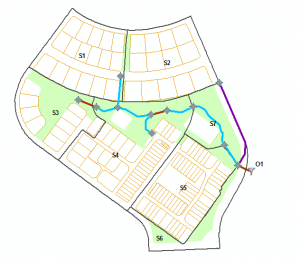
Example-2 : Surface Drainage Hydraulics
A surface runoff conveyance network is added to the post-development catchment area of Example 1 and is analyzed with Geo-SWMM’s various hydraulic routing options.
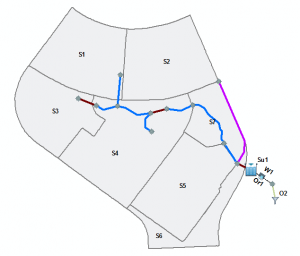
Example-3 : Detention Pond Design
A detention pond and outlet structure are designed for the post-development condition of Example 2 that meets both water quality control and peak flow reduction criteria.

Example-4 : Low Impact Development
A detention pond and outlet structure are designed for the post-development condition of Example 2 that meets both water quality control and peak flow reduction criteria.
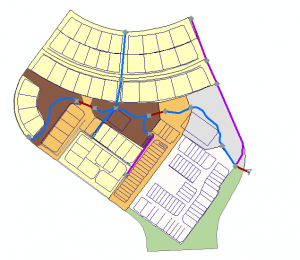
Example-5 : Runoff Water Quality
The buildup, wash-off and routing of total suspended solids (TSS) is simulated within the post-development catchment modeled in Example 2.
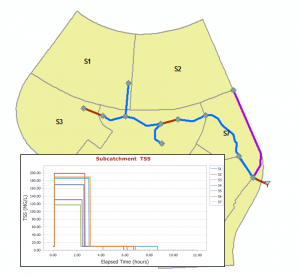
Example-6 : Runoff Treatment
The removal of TSS in the LID controls and detention pond of Examples 3 and 4 is modeled.
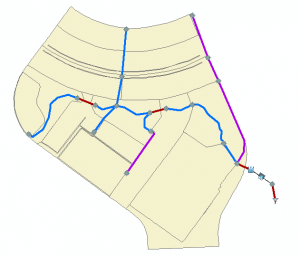
Example-7 : Dual Drainage Systems
The surface drainage system of Example 2 is converted into a parallel system of below ground storm sewers and above ground streets and gutters that is subjected to both surcharged flow and street flooding.
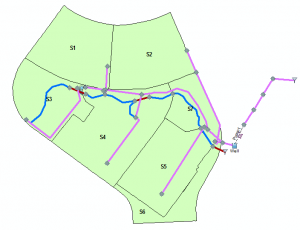
Example-8 : Combined Sewer Systems
The sewer system of Example 7 is converted into a combined system that carries both dry weather sanitary flow and wet weather runoff and includes various flow diversion structures and a pumped force main..
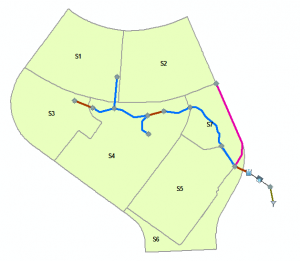
Example-9 : Continuous Simulation
Geo-SWMM’s post-processing tools are used to analyze the performance of the detention pond designed in Example 3 over a continuous ten year period of historical rainfal

